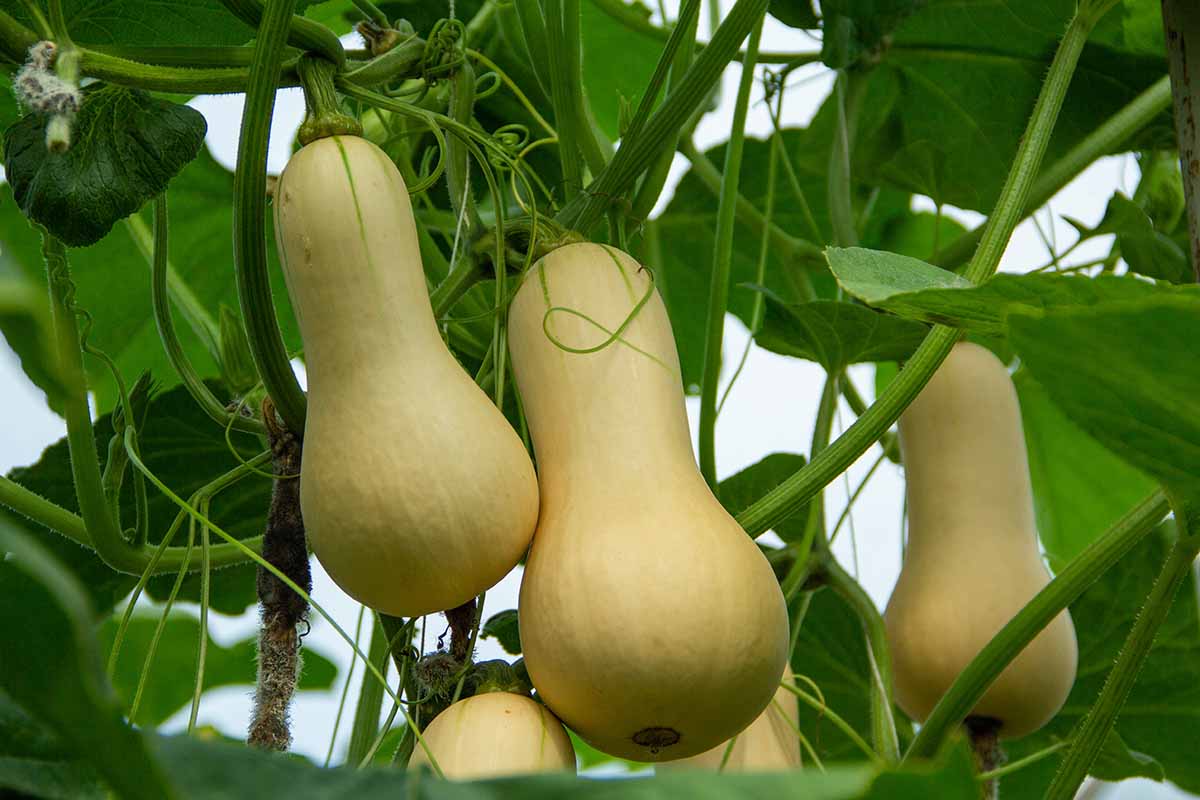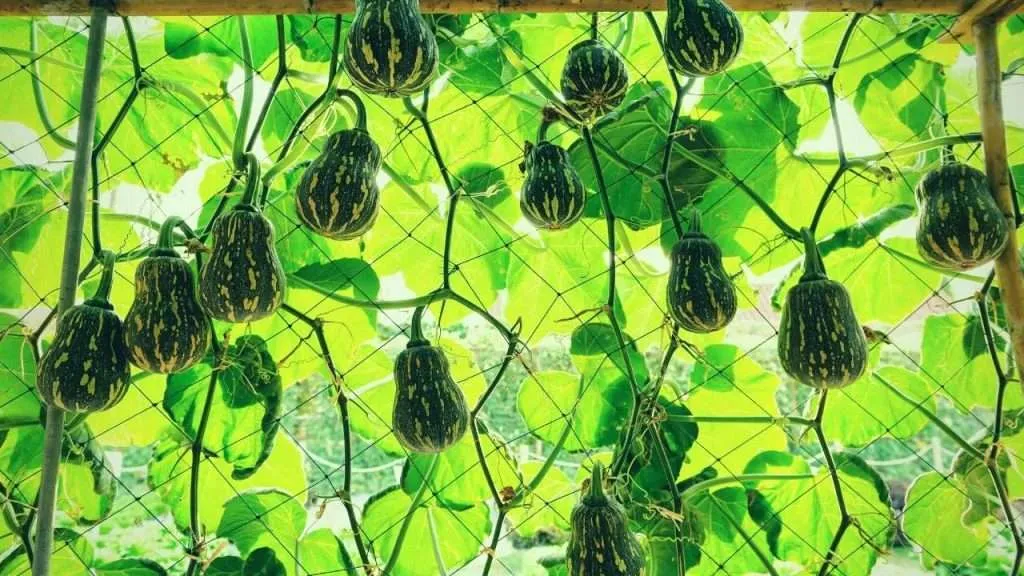Have you ever wondered how many butternut squash you can expect to harvest from each plant in your garden? Well, we’ve got the answer for you! Whether you’re a seasoned gardener or just starting out, knowing how many squash you can yield from each plant can help you plan your garden effectively. In this article, we’ll explore the factors that can influence the yield of butternut squash and provide you with some handy tips to maximize your harvest. So, get ready to grow an abundant crop of delicious butternut squash right in your backyard!
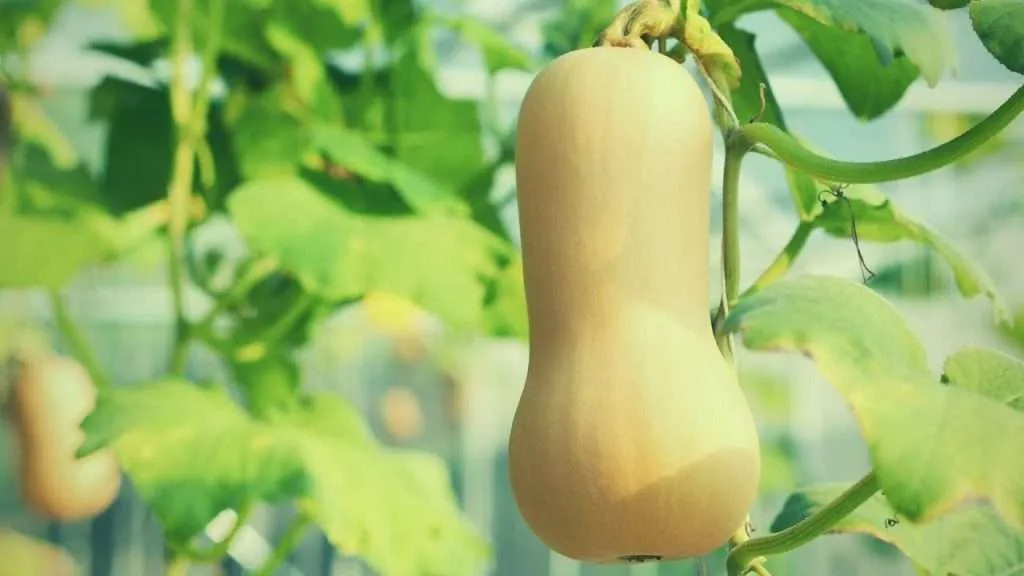
Factors that affect butternut squash yield
Growing butternut squash can be a rewarding experience, but achieving a bountiful harvest requires careful attention to various factors that can impact yield. From planting density to pollination, weather conditions to soil fertility, pest and disease control to plant maturity, varietal characteristics to fertilizer application, and even pruning and training, each aspect plays a vital role in determining the number of butternut squash you can expect from each plant. Let’s delve into each factor and explore how you can optimize your butternut squash yield.
Planting density
Recommended spacing for butternut squash plants
When it comes to planting density, giving your butternut squash plants adequate space is crucial for optimal growth and fruit production. It is generally recommended to space butternut squash plants around 3 to 4 feet apart in rows, providing ample room for the spreading vines to thrive. This spacing allowance allows for proper air circulation between plants, reducing the risk of disease outbreaks and improving overall plant health.
Importance of adequate spacing
Providing the right amount of space between each butternut squash plant ensures that they have enough access to sunlight, water, and nutrients from the soil. With ample room for root development, plants can establish a strong foundation, supporting the growth and production of healthy fruits. Proper spacing also facilitates easy maintenance and harvesting, as you can maneuver among the vines without causing damage or disturbance.
Effect of overcrowding on yield
If the plants are too closely packed, overcrowding can negatively impact your butternut squash yield. Dense plantings restrict airflow and increase humidity levels, creating a favorable environment for pests and diseases to thrive. Moreover, overcrowded plants compete for scarce resources, such as sunlight and nutrients, which can lead to weakened plants and smaller fruit sizes. It is essential to strike the right balance between maximizing space and maintaining an optimal planting density to achieve the best results.
Pollination
The role of pollination in butternut squash production
Pollination is a vital process for the successful production of butternut squash. It involves the transfer of pollen from the male flowers to the female flowers, leading to the formation of fruit. Without effective pollination, the female flowers cannot develop into butternut squash, resulting in poor or no yield.
Insect pollinators for butternut squash
Butternut squash relies primarily on insect pollinators for successful pollination. Bees, including honeybees and native bees, are the main contributors in this process. Their buzzing activity around the flowers helps dislodge the pollen and facilitate its transfer. To attract pollinators to your garden, consider planting nectar-rich flowers nearby or providing artificial bee houses to support the local bee population.
Hand pollination techniques
If there is a shortage of pollinators or you want to increase the chances of successful pollination, you can resort to hand pollination techniques. This involves manually transferring pollen from the stamen (male flower part) to the stigma (female flower part) using a small brush or by gently rubbing the flowers together. By ensuring that each female flower receives an adequate amount of pollen, you can enhance the fruit set and potentially increase your butternut squash yield.
Factors that can hinder pollination
Several factors can hinder effective pollination in butternut squash plants. High temperatures and excessive humidity can cause the pollen to become unviable, making it difficult for successful fertilization. Additionally, heavy rain and strong winds can wash away pollen or prevent bees from flying, hindering their pollination efforts. To mitigate these challenges, it is crucial to provide a favorable environment, such as maintaining optimal temperatures and protecting the plants from adverse weather conditions.
Weather conditions
Optimal temperature and sunlight requirements
Butternut squash thrives in warm weather, with daytime temperatures ranging from 70°F to 85°F (21°C to 29°C). Consistent exposure to sunlight is essential for the growth and development of the plants, as it powers the process of photosynthesis, enabling the conversion of light energy into sugars and promoting fruit production. Adequate amounts of sunlight help ensure robust plant growth and a higher yield of quality butternut squash.
Effects of extreme temperatures on yield
Extreme temperatures, whether too hot or too cold, can have detrimental effects on butternut squash yield. Prolonged exposure to temperatures above 90°F (32°C) can cause reduced fruit set, poor fruit development, and decreased overall yield. On the other hand, frost or freezing temperatures can damage the plants, leading to wilting, browning of leaves, and even death. To protect your butternut squash plants from adverse weather conditions, consider using shade cloth during hot days and providing frost protection during cold nights.
How to protect plants from adverse weather conditions
Covering your butternut squash plants with shade cloth during excessively hot days can help shield them from intense sunlight, preventing sunburn and minimizing heat stress. Additionally, using row covers or cold frames during cooler periods can provide a layer of insulation, protecting the plants from frost or freezing temperatures. Regular monitoring of weather forecasts and taking preemptive measures can ensure the well-being and productivity of your butternut squash crop.
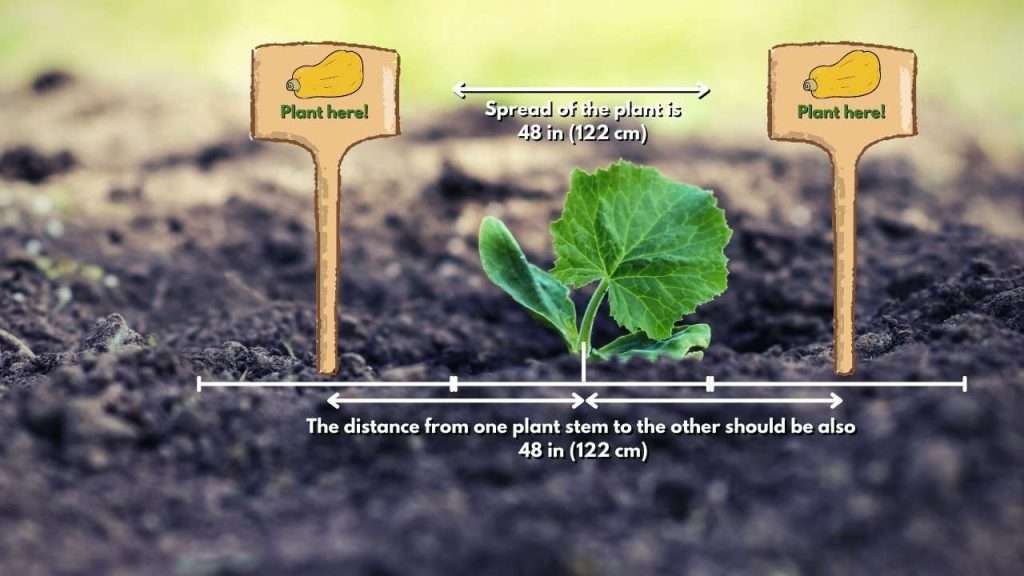
Soil fertility
Understanding the nutrient requirements of butternut squash
Butternut squash is a nutrient-hungry plant, requiring a well-balanced supply of essential elements for vigorous growth and optimal fruit production. The primary nutrients that butternut squash relies on are nitrogen (N), phosphorus (P), and potassium (K). Nitrogen supports leafy growth, phosphorus aids in root development and fruit set, and potassium enhances overall plant health and disease resistance. Additionally, butternut squash also benefits from secondary nutrients like calcium, magnesium, and micronutrients such as iron and zinc.
Importance of soil testing
To ensure that your butternut squash plants receive the proper nutrients, it is crucial to conduct a soil test before planting. Soil testing provides valuable information about the nutrient levels in your soil, allowing you to make informed decisions regarding fertilization. By identifying any deficiencies or excesses, you can tailor your fertilizer application to meet the specific needs of your butternut squash plants, promoting healthy growth and maximizing yield.
Types of organic and synthetic fertilizers suitable for butternut squash
Butternut squash can thrive with both organic and synthetic fertilizers. Organic options include well-rotted compost, aged manure, and organic fertilizers formulated specifically for squash or vegetable plants. These organic materials enhance soil structure, improve nutrient retention, and promote beneficial microbial activity. Synthetic fertilizers, on the other hand, provide readily available nutrients in precise ratios, allowing for immediate uptake by the plants. Whichever option you choose, ensure that you follow the manufacturer’s recommendations and apply the fertilizers in accordance with your soil test results.
Proper fertilization techniques
To optimize your butternut squash yield, it is important to apply fertilizers at the right time and in the correct amounts. Prior to planting, you can incorporate a balanced fertilizer or compost into the soil to provide a nutrient-rich environment for seedling development. Once the plants are established, side-dressing with additional fertilizer can be done when they begin to vine. Avoid over-fertilization, as excessive nitrogen can result in vigorous vegetative growth at the expense of fruit production. Regular monitoring of plant health and nutrient deficiencies can help you adjust your fertilization practices accordingly.
Pest and disease control
Common pests that affect butternut squash
Like any other plant, butternut squash is susceptible to various pests that can hamper its growth and reduce yield. Common pests that frequently pose a threat include squash bugs, cucumber beetles, aphids, and vine borers. These pests can cause damage to leaves, stems, and fruit, leading to stunted growth, wilting, and decreased overall plant health.
Preventive measures for pest control
Implementing preventive measures can help minimize pest populations and mitigate potential damage to your butternut squash crop. Regularly inspecting your plants for early signs of pest infestation is essential for early intervention. Handpicking and removing pests manually can provide immediate relief, especially for larger insects like squash bugs. Additionally, practicing crop rotation, using row covers, and promoting beneficial insects, such as ladybugs and lacewings, can create a more balanced ecosystem, reducing the reliance on chemical control methods.
Organic and chemical control methods
When preventive measures alone are not sufficient, organic and chemical control methods can be used to manage pest populations. Organic options include the use of insecticidal soaps, neem oil, and botanical insecticides derived from plants such as pyrethrum. These products have minimal impact on beneficial insects and can be effective against a range of pests. Chemical control methods, such as insecticides, should be used as a last resort and only when necessary. It is important to select products labeled for use on butternut squash and follow the instructions carefully to minimize any potential risks.
Common diseases of butternut squash
Butternut squash can be susceptible to various diseases, including powdery mildew, downy mildew, bacterial leaf spot, and fusarium wilt. These diseases can cause leaf discoloration, wilting, fruit rot, and overall plant decline, leading to reduced yield.
Disease management strategies
To manage diseases effectively, implementing disease prevention strategies is vital. Choosing disease-resistant varieties can greatly reduce the risk of infection. Proper sanitation practices, such as removing and disposing of infected plant debris, can help eliminate potential disease sources. Additionally, providing adequate airflow, spacing plants appropriately, and practicing proper watering techniques, such as avoiding overhead irrigation, can aid in minimizing humidity levels and preventing favorable conditions for disease development. In severe cases, the use of fungicides labeled for use on butternut squash may be necessary, but it is important to follow the recommended application rates and timing.
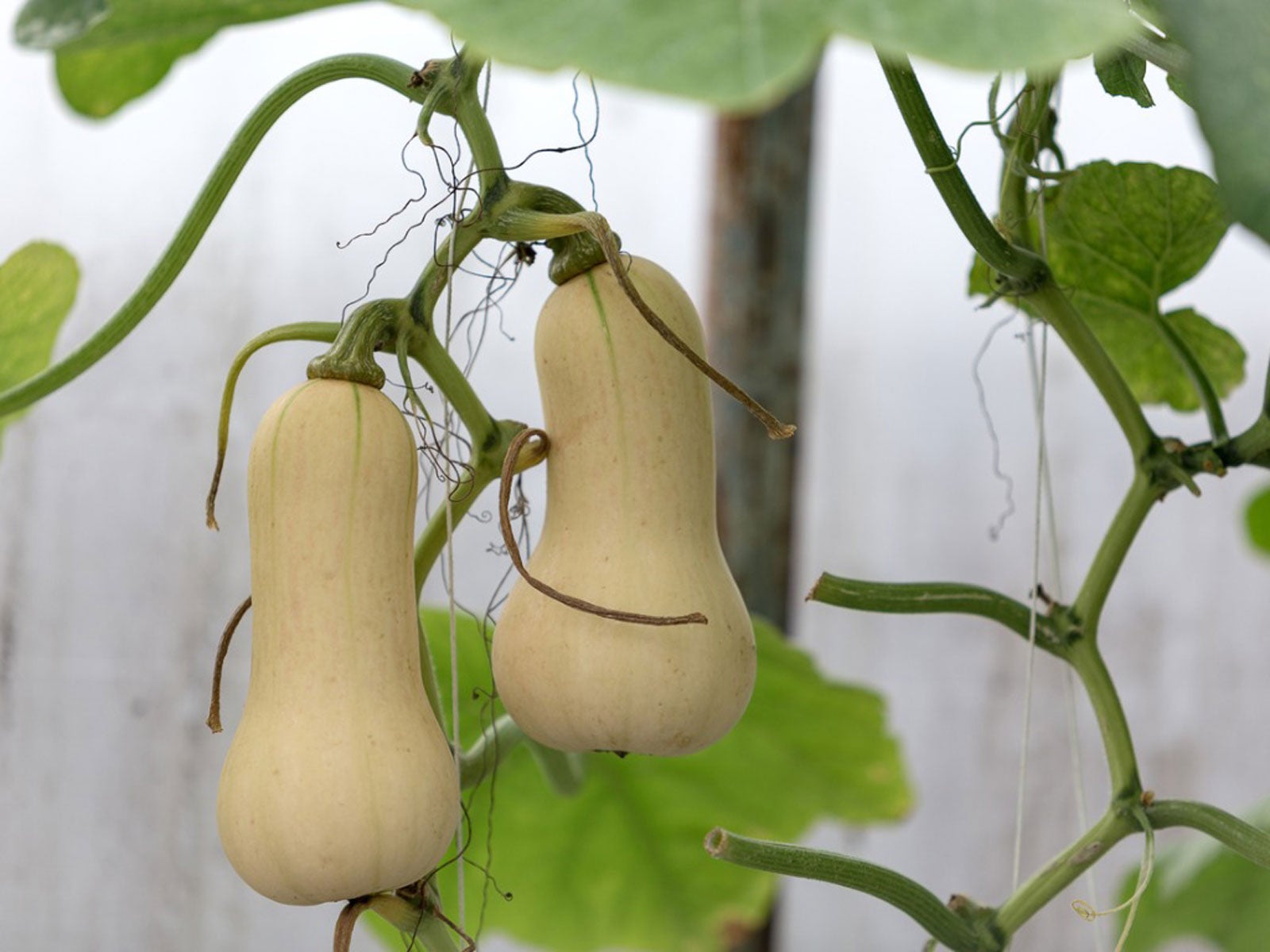
Plant maturity
Understanding when butternut squash is ready for harvest
Knowing when to harvest your butternut squash is crucial to ensure optimal flavor and texture. Generally, butternut squash is ready for harvest when the skin has hardened and developed a deep tan or beige color. It is important not to harvest too early, as immature squash may lack sweetness and have lower quality. The stem connecting the squash to the vine should also be dry and easily separable when the fruit is ripe.
Factors to consider for determining maturity
Several factors can help determine the maturity of your butternut squash. The recommended number of days to maturity provided by the seed supplier can serve as a general guide. Additionally, visual cues such as color change, firmness of the squash skin, and the drying of the stem attachment can provide further indications of maturity. Regular monitoring and observation of the fruit as it develops will help you pinpoint the perfect time for harvest.
Storage recommendations for harvested squash
To extend the storage life of your harvested butternut squash, proper curing and storage techniques are essential. After harvesting, allow the squash to cure in a warm, dry area for approximately 10 to 14 days. This process helps the squash develop a hard outer skin and improves their flavor. Once cured, store the squash in a cool, dry place with good ventilation, ideally around 50°F to 55°F (10°C to 13°C). Properly stored butternut squash can last for several months, allowing you to enjoy the harvest even during the colder months.
Varietal characteristics
Different varieties of butternut squash
There are several different varieties of butternut squash available, each with its own unique characteristics and flavor profiles. Some popular varieties include Waltham Butternut, Butterscotch, Butterbush, and Ponca. Exploring the different options and selecting varieties that align with your climate, growing conditions, and taste preferences can enhance your chances of achieving a higher yield.
Yield variations based on varietal traits
The yield potential of butternut squash can vary among different varieties. Some varieties may have a higher tendency to produce larger fruits, while others may have a greater overall productivity in terms of the number of fruits per plant. It is essential to conduct thorough research and select varieties that are known for their high yield potential to maximize your harvest.
Recommended varieties for higher yields
For those aiming for higher yields, certain varieties are well-regarded for their productivity. The Waltham Butternut variety, for example, is a popular choice known for its dependable yield and excellent storage qualities. Other varieties like Butterbush and Butterscotch also offer good yields and are well-suited for small-space gardening. Consulting with local nurseries, agricultural extension offices, or experienced gardeners in your area can provide additional insight into recommended varieties that perform well in your region.
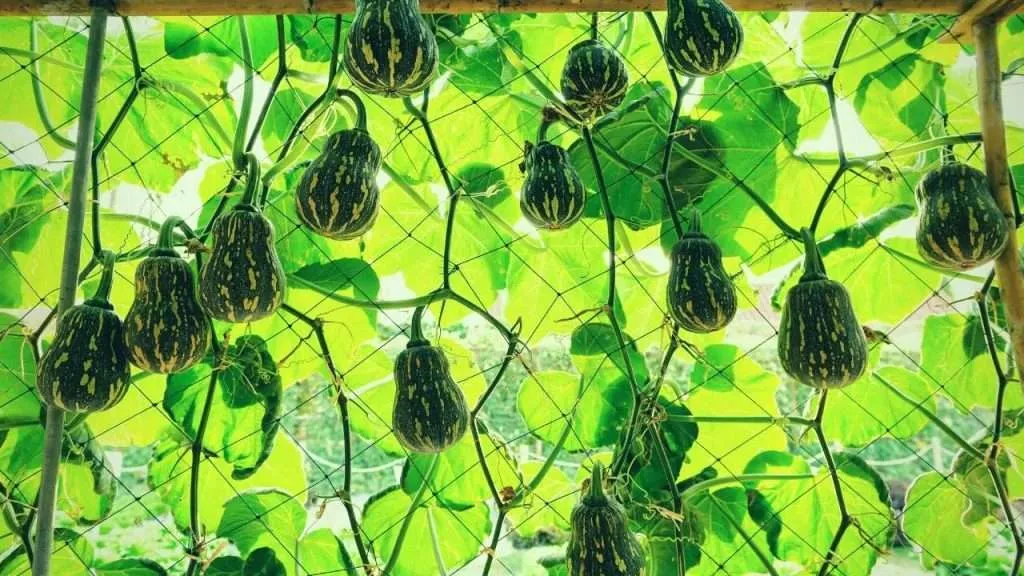
Fertilizer application
Timing and frequency of fertilizer application
Knowing when and how often to apply fertilizer is important to maintain the nutrient balance required for robust butternut squash plants. Generally, it is recommended to incorporate a balanced fertilizer or compost into the soil before planting. Once the plants are established, additional fertilizer can be side-dressed when they start to vine. However, excessive use of nitrogen-rich fertilizers during the fruiting stage should be avoided, as it can lead to excessive vegetative growth and reduced fruit set.
Recommended nutrient ratios for butternut squash
To ensure proper growth and fruit development, butternut squash plants require a balance of essential nutrients. The general recommendation for nutrient ratios in butternut squash fertilization is roughly 3:1:2 or 4:1:2 (N:P:K). This means that for every three parts nitrogen, there should be one part phosphorus and two parts potassium in the fertilizer. However, it is important to adjust these ratios based on the results of your soil test to meet the specific needs of your plants.
Organic and synthetic fertilizer options
Both organic and synthetic fertilizers can be used to meet the nutrient requirements of butternut squash. Organic options include well-rotted compost, aged manure, and organic fertilizers formulated specifically for vegetable plants. These organic materials provide slow-release nutrients and improve soil fertility over time. Synthetic fertilizers, on the other hand, provide readily available nutrients in precise ratios, ensuring rapid uptake by the plants. Whichever option you choose, make sure to follow the manufacturer’s recommendations and adhere to proper application rates.
Pruning and training
Benefits of pruning and training butternut squash vines
Pruning and training butternut squash vines can offer numerous benefits to your plants and ultimately increase yield. By removing excessive foliage and redirecting the plant’s energy, pruning helps promote better air circulation, reduces the risk of disease, and increases sunlight penetration, resulting in improved fruit quality and quantity. Properly trained vines also occupy less space, making it easier to manage and harvest the squash.
Correct pruning techniques
Pruning should be performed carefully to avoid causing harm to the plants. Start by removing any damaged or diseased leaves, stems, or fruits. Subsequently, selectively prune excessive foliage to open up the plant, focusing on removing weaker or unproductive branches. It is important to leave some healthy leaves intact to ensure the plant’s ability to photosynthesize and produce energy. Regular monitoring and maintenance pruning throughout the growing season will help keep the plants in optimal condition.
Support systems for sprawling vines
To manage the sprawling growth habit of butternut squash vines, employing support systems can be beneficial. Sturdy trellises, cages, or stakes can be used to provide structural support for the vines, keeping them off the ground. This reduces the risk of fruit rot, facilitates airflow, and helps prevent damage caused by pests and diseases. Ensuring that the support system is secure and can withstand the weight of the developing fruits is essential for a successful growing season.
With a comprehensive understanding of the factors that affect butternut squash yield, you can now confidently plan and implement strategies to maximize your harvest. By optimizing planting density, ensuring effective pollination, managing weather conditions, maintaining soil fertility, practicing pest and disease control, monitoring plant maturity, selecting suitable varieties, applying appropriate fertilizers, and employing pruning and training techniques, you can create the ideal conditions for growing abundant and delicious butternut squash. Happy gardening, and enjoy the fruits of your labor!
